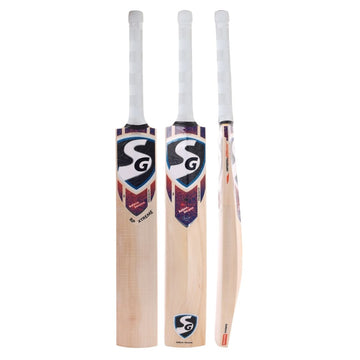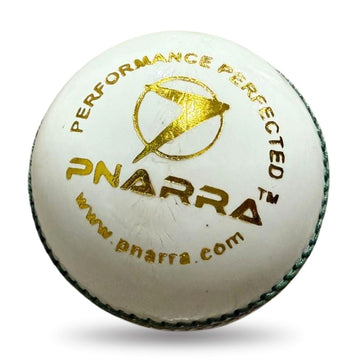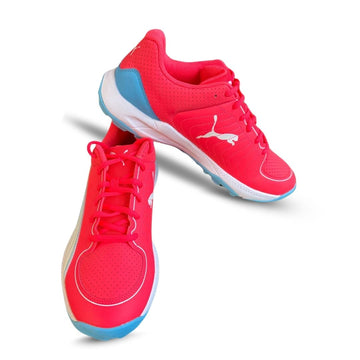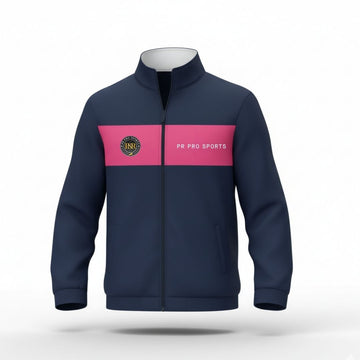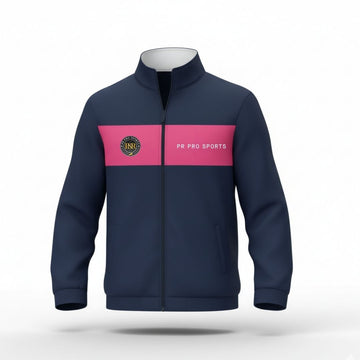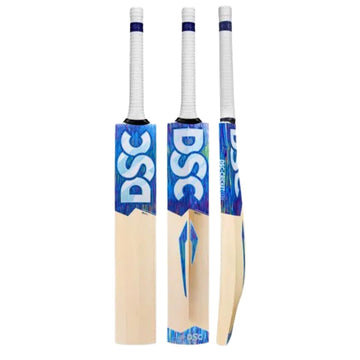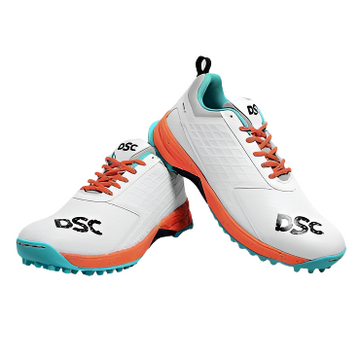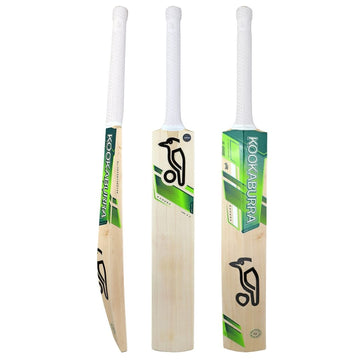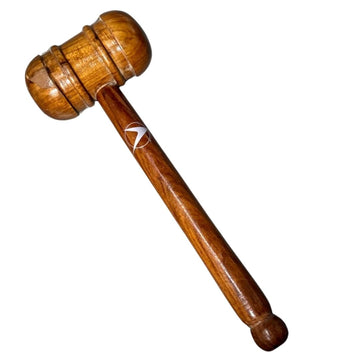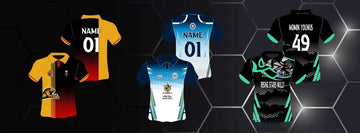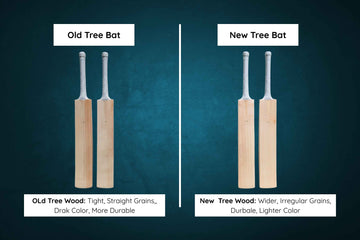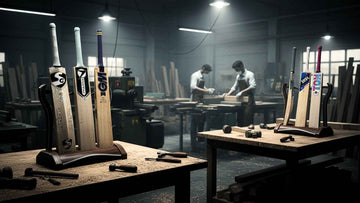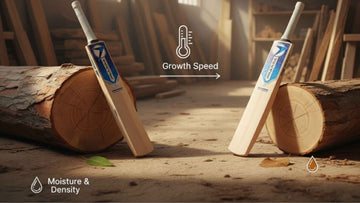When buying a cricket bat, one of the first things players notice is the number of grains on the bat’s face. These grains aren’t just lines for visual appeal — they tell a lot about the age, quality, and performance characteristics of the willow used in the bat.
What Are Bat Grains?
- Grains are the natural vertical lines running down the face of a cricket bat.
- They represent the annual growth rings of the willow tree used to make the bat.
- Each grain usually equals one year of the tree’s growth.
Grains in English Willow vs Kashmir Willow
- Grains are clearly visible only in English Willow bats.
- English willow is a soft, premium-quality wood where the natural grains appear as straight vertical lines on the bat’s face.
- More grains mean the wood came from an older tree, while fewer grains mean it’s from a younger tree.
-
Kashmir Willow bats usually do not show clear grains.
- Kashmir willow is harder, denser, and darker in color.
- Its grains are often faint, blurry, or not easily visible compared to English willow.
📌 Quick Tip:
- Grain count is used as a quality indicator only for English Willow bats.
- Kashmir Willow bats are judged more by durability and performance, not grain count.
Types of Cricket Bat Grains
1. Low-Grain Bats (4–6 Grains)🪵
- Age of willow: Younger trees.
- Performance: Usually take longer to “knock-in” and reach peak performance.
- Durability: Denser wood → tends to last longer.
- Feel: Slightly heavier and more solid.
- Ideal for: Players who want a long-lasting bat and don’t mind waiting for it to open up.
2. Medium-Grain Bats (6–8 Grains)🌟
- Age of willow: Moderately mature wood.
- Performance: Balance between quick performance and durability.
- Durability: Good mix of strength and lifespan.
- Feel: Great ping after knocking-in.
- Ideal for: Most club and league players — best balance of value and performance.
3. High-Grain Bats (8–12+ Grains)⚡
- Age of willow: Older, more mature trees.
- Performance: Reach peak performance very quickly.
- Durability: Slightly less durable than low-grain bats due to softer, lighter willow.
- Feel: Superb ping and light pickup.
- Ideal for: Professional or advanced players seeking immediate performance.
Old Tree Bat vs New Tree Bat
The number of grains on a bat often indicates whether it came from an older or younger tree — and this difference affects how the bat performs.
-> Old Tree Bats (More Grains):
- Made from willow that has grown slowly over many years.
- Have tight, closely packed grains (8–12+).
- Softer wood gives quicker performance and a better ping straight out of the box.
- Slightly less durable and may wear faster if not maintained properly.
- Best for players who play frequently and need instant high performance.
-> New Tree Bats (Fewer Grains):
- Made from younger willow that has grown faster.
- Have wider spaced grains (4–6).
- Denser wood makes them stronger and longer-lasting.
- Take longer to knock-in and reach their best performance.
- Great for players who want a durable bat for long-term use.
💡Final Tips When Choosing Bat Grains
- More grains ≠ better bat — it depends on your playing style and how soon you need peak performance.
- Always consider weight, balance, and pickup along with grain count.
- A properly knocked-in and maintained bat (regardless of grain count) will last longer and perform better.
Summary
- Low grains (4–6): Strong & durable, slower to perform.
- Medium grains (6–8): Best all-round balance.
- High grains (8–12+): Instant performance, slightly lower lifespan.
- Old tree bats = quick performance, new tree bats = longer durability.

